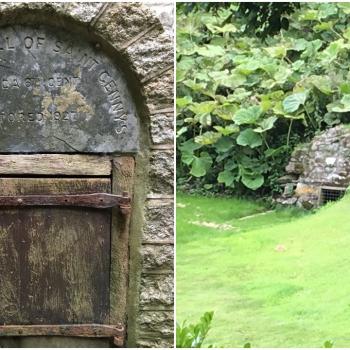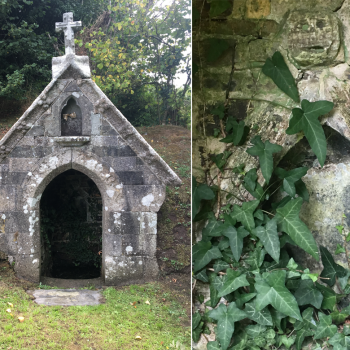Britain is full of strange archaeological sites steeped in unsolved mysteries – Stonehenge is perhaps our most famous. But one of my favourite curiosities, and one of the most mysterious of all, is located right on my doorstep in Kent: the Shell Grotto of Margate.
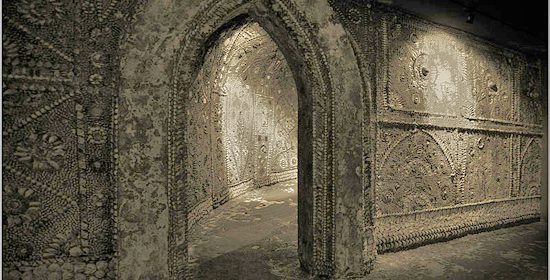
At first glance you would be forgiven for thinking that the photo above shows some kind of church crypt, with some interesting and unusual designs on the walls. But it isn’t a church at all. It is part of an underground passage, located in the centre of the seaside town of Margate, decorated with mosaics of 4.6 million seashells.
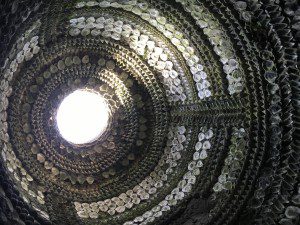
Descending into the Shell Grotto and proceeding along the entrance tunnel (which is lined with a couple of alcove-like recesses in the walls), you reach a circular path decorated with intricate and enigmatic mosaics. The designs are infuriatingly abstract: There are motifs looking like trees of life, hearts, flowers, suns and stars, but what exactly they are meant to represent is unclear. What’s more, they do not easily conform to the designs associated with any one culture. At the end of the circular path is a round opening on the ceiling, which has been named the Rotunda. Proceeding along the meandering path from the Rotunda (called the Serpentine Passage), which is again covered entirely in the shell mosaics, you eventually reach the heart of the Shell Grotto; a rectangular room known as the Altar Chamber.
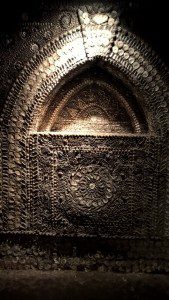
The walls of the Altar Chamber are decorated with spectacular mosaics of sun-like motifs, and on the central wall is an arched recess that is clearly meant to resemble a shrine. To the side is a plinth build into the wall, again covered in shells, highly suggestive of something like an altar or a pedestal for a statue or even a stand for a font.
What do we know about the Shell Grotto
The story is that the Grotto was discovered in 1835 by Mr James Newlove while digging a duck pond on his property. Since then it has been a source of public wonder and archaeological research, although many of the findings are inconclusive.
We do know that the majority of shells are locally sourced and that the mortar used to stick them to the walls varies in composition, suggesting that repairs have been made over time. Frustratingly, the shells have not been carbon dated due to the costs involved, and due to fact that a large number of samples would be needed which would be destructive to the Grotto. This means that to this day, the exact age of the Grotto is unknown.
Because we cannot date the Grotto, this has led to a large number of theories as to who built it, when they built it, and for what purpose. Some of these theories include:
- It is a prehistorical calendar (the light from the Rotunda illuminates different sections at different times of day)
- It is an ancient Roman or Phoenician temple designed for pagan worship
- It is a 12th century Knight’s Templar temple
- It is a smuggler’s cave
- It is the folly of a wealthy 18th or 19th century household with no specific purpose except to amuse
While some of these ideas seem more probable than others, until the date of the Grotto can be verified, it is hard to completely disprove any one of them.








